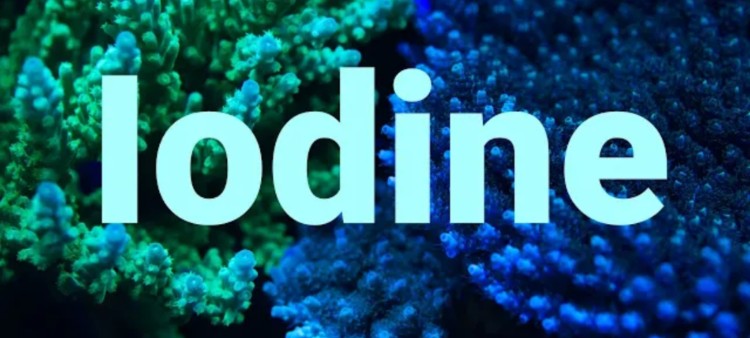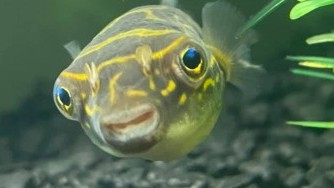Should You Dose Your Tank with Iodine?
- Nov 01, 2021
- Anshika Mishra
- 497 0 0

Iodine is the heaviest stable halogen element, and being metallic solid at room temperature, it stands out from the other aspects of the same group. Two forms of Iodine are important in reef tanks, Iodide, a single atom of Iodine, and Iodate, an Iodine atom, and three Oxygen atoms.
Depending upon the actual animal, it will use one of these two things. Some of them even convert from one to another, including Single-celled Algae and Phytoplankton. In the wild, Iodine is usually around 0.06 parts per million. However, that varies significantly with where exactly you measure it.
You don't need to target that number in your tank. You can play around with it and find what level works best for your tank. Don't go much above that, and you can also go down to zero without much detriment.
Types of Iodine
There are two types of Iodine that we use in our tank.
Lugol's Solution
The Lugol's solution can be used as a dose in your take to raise the level of Iodine, but it is more commonly used as a dip when trying to fix a bacterial infection in corals. It also works as a disinfectant because di-Iodine is very reactive.
It is an oxidizer, and it is the active part of the Lugol's solution that makes it work as a dip or disinfectant. So you can even use Lugol's to disinfect drinking water in an emergency.
Potassium Iodide
Potassium Iodide is just a solution of potassium iodide and water. It is also used to iodize salt. So if you go to the store and buy salt, you will most of the time purchase iodized salt. That is a mixture of salt, NaCl, and potassium iodide.
Iodide is the most directly used kind of Iodide in our tanks. It is used a lot by marine algae, and it can be even up to 1% iodine by weight. So, if you were to pull some metamorphic depending upon the exact species, you can dry it out and then analyze what it's made of. You might dins that it is 1% by weight, even upon 1,100 parts per million Iodine.
Why Should You Dose Iodine in Your Tank?
Most things that use Iodine in our tanks use it to deter other things from eating it. So that's why Ketamorpha can be such high Iodine. Plants with a lot of Iodine don't taste good to fish that eat plants, so they will survive more in the wild by having this high level of Iodine in them.
Tipicuts use Iodine to make something called luminol-B. It is a toxic compound. Sponges used Iodine to make a poisonous compound to protect themselves. Worms and shrimps both use Iodine in their bodies as they grow. So, adding some Iodine can help your tank thrive.
Another reason why you might want to dose Iodine in your tank is to add more blue color to your Blue Acropora. When testing for Iodine, keep in mind that there are many different kinds of Iodine in our seawater. Each brand of test kit tests in a slightly different way.
The most consistent way to test for Iodine is to use ICP analysis. These, though, are not particularly sensitive to Iodine because its wavelength is very similar to Phosphorous. So if the ICP machine is just slightly out of calibration, the phosphorous can swamp out the Iodine that is the water.






About author